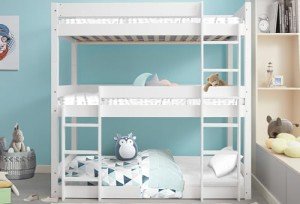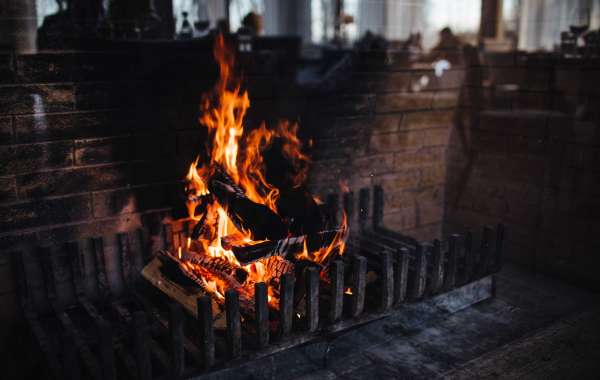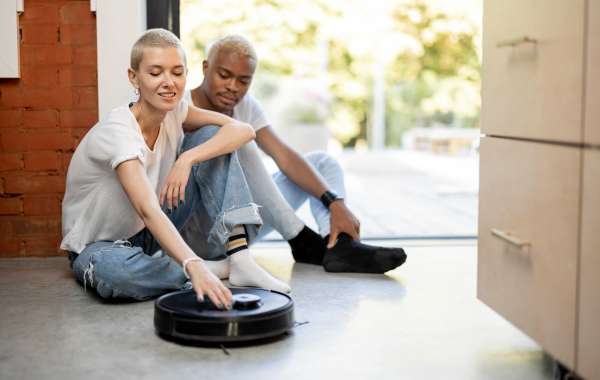The Ultimate Guide to Bunk Beds for Children: Safety, Styles, and Benefits
When it pertains to styling a child's space, moms and dads often face the dual obstacle of maximizing space while ensuring comfort and functionality. Bunk beds have emerged as a popular service that attends to these requirements, offering not just sleeping arrangements but likewise adding to a space's aesthetic. In this extensive guide, we will delve into various elements of kids's bunk beds Children's beds, concentrating on their benefits, security functions, styles, and considerations for parents contemplating this purchase.
Table of Contents
- Advantages of great bunk beds Beds
- Safety Features to Consider
- Types of Bunk Beds
- Style and Style Options
- Maintenance Tips
- Frequently Asked Questions (FAQs)
1. Advantages of Bunk Beds
bunk beds sales beds use various benefits for children and their parents. Here are some crucial advantages:

Space-Efficiency: Bunk beds are an exceptional service for smaller spaces. By stacking one bed on top of another, more flooring space is readily available for play, storage, or research study areas.
Affordable: When kids share rooms, bunk beds can reduce the requirement for buying two different beds, hence saving money.
Fosters Social Interaction: bunk beds uk beds can help siblings or pals bond by sharing a space, producing chances for social advancement.
Fun Factor: The principle of sleeping "up high" adds a lively aspect to bedtime, making the transition to sleeping alone simpler for some kids.
Versatile Design: Bunk beds come in different designs, colors, and designs to match any room theme, permitting modification that reflects the kid's character.
2. Safety Features to Consider
Security is paramount when it pertains to kids's furnishings, particularly in the case of bunk beds. Here are some critical security functions to evaluate:
| Safety Feature | Description |
|---|---|
| Strong Construction | Frames made from strong wood or metal are chosen. |
| Guardrails | Must be at least 5 inches high and extend along both sides of the upper bunk. |
| Ladder Design | Ensure ladders are securely connected and have non-slip actions. |
| Mattress Size & Fit | Need to fit snugly within the frame to avoid spaces. |
| Weight Limit | Constantly stick to the maker's weight limitation suggestions. |
3. Types of Bunk Beds
Bunk beds come in numerous styles, accommodating different needs, choices, and room sizes. Here are some typical types:
Standard Bunk Bed: The the majority of standard type, with one bed on top of another.
Loft Bed: Features a high upper bed with space below for a desk or play area.
Futon Bunk Bed: Combines a top bunk with a futon on the bottom, supplying flexibility for seating and sleeping.
L-Shaped Bunk Bed: This design has the top bunk set at a perpendicular angle to the bottom, creating a little corner location.
Triple Bunk Bed: Accommodates three kids using stacked beds, ideal for big households or pajama parties.
4. Design and Style Options
When it concerns selecting a style for kids's bunk beds, the choices are virtually endless. Here are some popular styles:
Traditional Style: Often made from wood, these bunk beds feature ornate information and are perfect for classic or rustic-themed spaces.
Modern Style: Characterized by clean lines and minimalist styles, modern bunk beds can be made from metal or wood.
Themed Bunk Beds: Some brand names use bunk beds formed like castles, vehicles, or play houses, making bedtime less of a task.
Convertible Bunk Beds: These can be separated into two individual beds, using flexibility as kids grow.
Colorful Options: bunk beds children's beds in lively colors can add a sense of happiness and playfulness to any space.
5. Upkeep Tips
Preserving a bunk bed is vital for durability and security. Here are some suggestions:
Regular Inspections: Check for loose screws or bolts every few months and tighten them as required.
Cleaning: Wipe down frames regularly to avoid dust accumulation; consider utilizing a vacuum for hard-to-reach areas.
Bed mattress Care: Rotate mattresses regularly and utilize protective covers to prolong their life.
Expect Wear and Tear: Look for any indications of damage in the wood or metal and think about replacing parts if needed.
Teach Kids Safety Rules: Encourage children to use ladders correctly and guarantee they comprehend the security features of their bed.
6. Regularly Asked Questions (FAQs)
Q1: What age is appropriate for sleeping in a top bunk?
A1: Typically, children aged 6 and older are advised for upper bunk sleeping, as they have the required motor skills to climb up safely.
Q2: Do bunk beds include a mattress?
A2: Most bunk beds are offered as frames just, so you will need to buy mattresses individually. Make sure that the mattress fits the frame snugly.
Q3: Can bunk beds be separated later on?
A3: Many designs permit conversion into two private beds, providing versatility for future requirements.
Q4: How can I ensure my kid's security on a bunk bed?
A4: Comply with safety requirements and ensure guardrails, a durable frame, and a protected ladder are in place.
Q5: Are there weight limits on bunk beds?
A5: Yes, always inspect the producer's specifications regarding weight limits to ensure safety.
Bunk beds for children can serve multiple functions while ensuring security and style. With varied designs and designs available on the marketplace, parents can discover an unit that not only optimizes bed room space but likewise shows their kid's distinct tastes. Similar to any furnishings, understanding security functions, maintenance, and how they fit into a kid's lifestyle will ensure that these beds stay a practical furnishings option for years to come.
Through cautious factor to consider and adherence to security guidelines, bunk beds can supply a lasting, fun, and practical sleeping option that children like.








